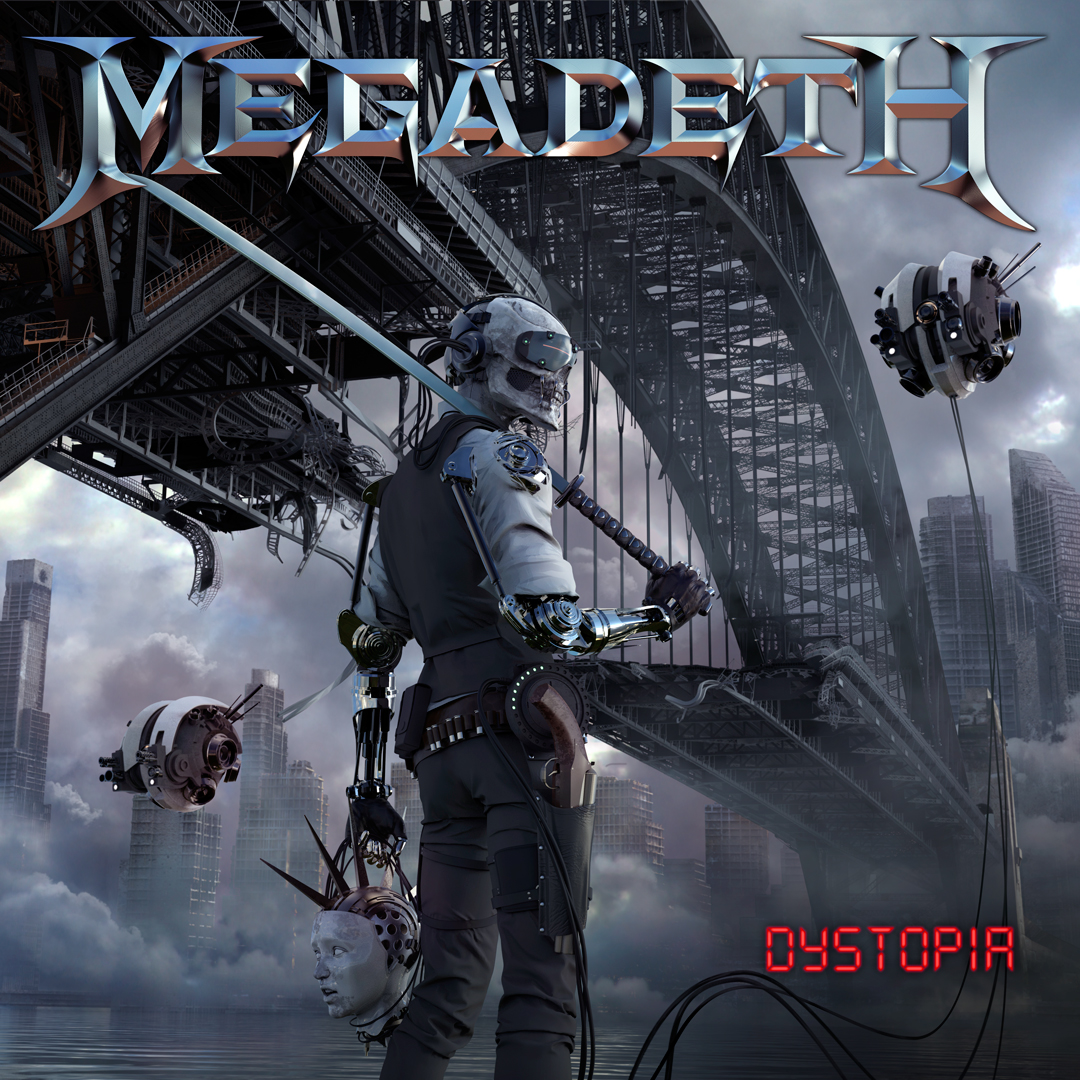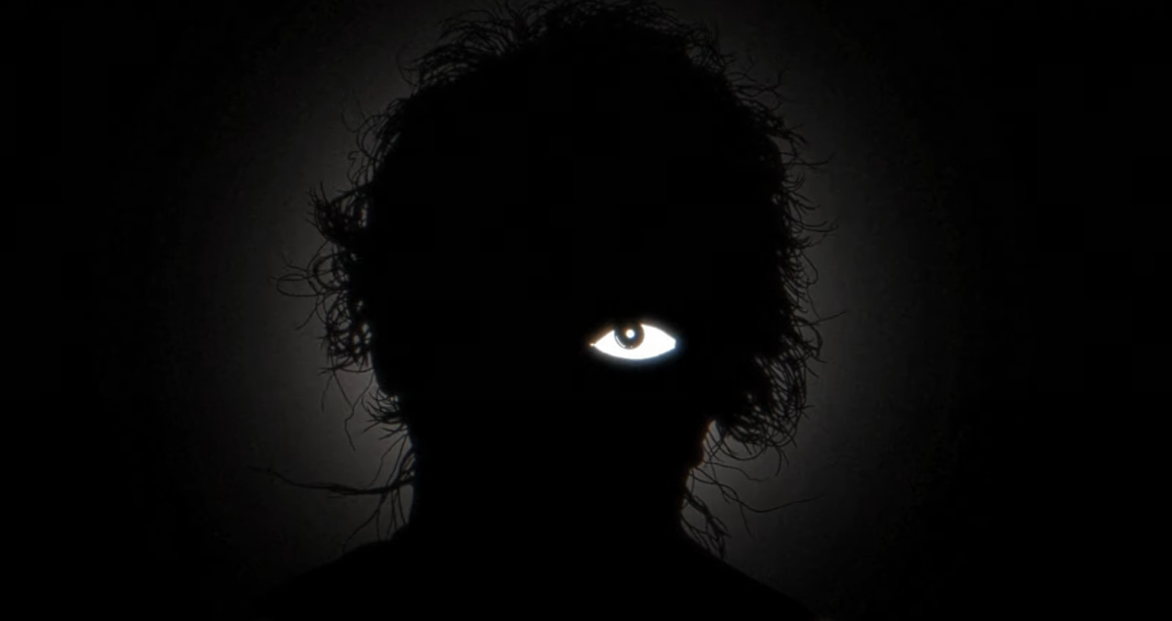Music
Megadeth’s ‘Dystopia’ Ignites a Thunderous Rebirth of the Band

As much as Dave Mustaine would probably hate to hear this, Megadeth is synonymous with Metallica.
If you didn’t know, Mustaine was a founding member of Metallica and exited the band prior to the recording of Kill ‘Em All, for which he was an intricate part of (as well as Ride the Lightning).
This is important for a few reasons, mostly that Mustaine was forced to assemble Megadeth quickly, and is proven by the fact that he took on vocal duties when he was unable to find someone he liked. Being an avid Megadeth fan for 25 years (exactly!), I’ve separated the band into eras, all of which revolve around guitarist Marty Friedman.
For me, Megadeth truly came together with the 1990 Rust in Peace and then concluded with the 1999 Risk (when Marty left the band). The 2001 The World Needs a Hero was Mustaine rediscovering himself, and thrash, while the planned solo album, the 2004 The System Has Failed, was a masterpiece of a send-off to the old-school Megadeth.
The final era has been a decade of history-chasing, where Mustaine has been bending to the fans’ desire for a return their roots. This resulted in the subpar and uneven albums United Abominations, Endgame (the best of the three) and Thirteen. Mustaine’s return to melodic metal in the 2013 Super Collider was that resurgence I had been waiting for, and all but reignited my love for Megadeth.
Now, here’s the point of these ramblings; Dystopia, Megadeth’s 15th album (holy shit!) in stores January 22nd, isn’t an album that cares about the past, it instead focuses on the future (figuratively and literally).
Prior to the writing of Dystopia, Mustaine entertained the notion of a Rust in Peace reunion, but instead opted for a new beginning that included Lamb of God super-drummer Chris Adler and Angra guitarist Kiko Loureiro.
If you’re one of the Megadeth fans who relish in the past and haven’t really dug anything they’ve done in the past decade, don’t even bother with Dystopia. There’s no history-chasing here, as everything on this record is a thunderous rebirth of the band that’s more focused than anything Mustaine has done in 15 years.
Dystopia hones in on Mustaine’s obsession with politics and conspiracy theories, and brings it all together on what feels like an angry concept album about the future (it’s slightly reminiscent of Fear Factory’s Obsolete). It’s the most comfortable Mustaine appears on an album in years as he makes no hesitation in breaking from a melodic chorus and shredding (with Kiko) right into a insane 30-second long riff. If there’s any returning to his roots, it’s that Dystopia is most definitely a thrash metal album.
But what modernizes this old-school sound is the addition of Adler, a god among men, who drops bombs throughout the album that become brightly lit highlights (Mustaine has always been great about showcasing the various instruments). His fills on “Bullet to the Brain” add another layer of intensity to an already booming song, while the brilliant instrumental, “Conquer or Die,” builds off his drumming into the pulse-pounding “Lying in State” that features lightning bolts of guitars from Mustaine and Kiko.
After a month of listening to Dystopia I’ve been able to really absorb the album and even play it in a mix of older Megadeth songs. In that time one thing has become abundantly clear: I feel pretty confident in stating that Dystopia is the heaviest Megadeth album since So Far, So Good…So What?
Dystopia is an exciting followup to Super Collider mostly because it’s showing that, even after 30 years and 15 albums, Megadeth continues to evolve. “Death From Within” is one of the best tracks in recent memory, with the title track an epic album highlight. And if you haven’t heard “The Threat is Real” or “Fatal Illusion” yet, they’re the perfect introduction to a new Megadeth that I hope sticks together for another round of insanity.

Music
“He Walks By Night” – Listen to a Brand New John Carpenter Song NOW!

It’s a new day, and you’ve got new John Carpenter to listen to. John Carpenter, Daniel Davies and Cody Carpenter have released the new track He Walks By Night this morning, the second single off their upcoming album Lost Themes IV: Noir, out May 3 on Sacred Bones Records.
Lost Themes IV: Noir is the latest installment in a series that sees Carpenter releasing new music for John Carpenter movies that don’t actually exist. The first Lost Themes was released in 2015, followed by Lost Themes II in 2016 and Lost Themes III: Alive After Death in 2021.
Sacred Bones previews, “It’s been a decade since John Carpenter recorded the material that would become Lost Themes, his debut album of non-film music and the opening salvo in one of Hollywood’s great second acts. Those vibrant, synth-driven songs, made in collaboration with his son Cody Carpenter and godson Daniel Davies, kickstarted a musical renaissance for the pioneering composer and director. With Lost Themes IV: Noir, they’ve struck gold again, this time mining the rich history of the film noir genre for inspiration.
“Since the first Lost Themes, John has referred to these compositions as “soundtracks for the movies in your mind.” On the fourth installment in the series, those movies are noirs. Like the film genre they were influenced by, what makes these songs “noirish” is sometimes slippery and hard to define, and not merely reducible to a collection of tropes. The scores for the great American noir pictures were largely orchestral, while the Carpenters and Davies work off a sturdy synth-and-guitar backbone.
“The trio’s free-flowing chemistry means Lost Themes IV: Noir runs like a well-oiled machine—the 1951 Jaguar XK120 Roadster from Kiss Me Deadly, perhaps, or the 1958 Plymouth Fury from John’s own Christine. It’s a chemistry that’s helped power one of the most productive stretches of John’s creative life, and Noir proves that it’s nowhere near done yielding brilliant results.”
You can pre-save Lost Themes IV: Noir right now! And listen to the new track below…













You must be logged in to post a comment.